68 items, Page 3 of 7
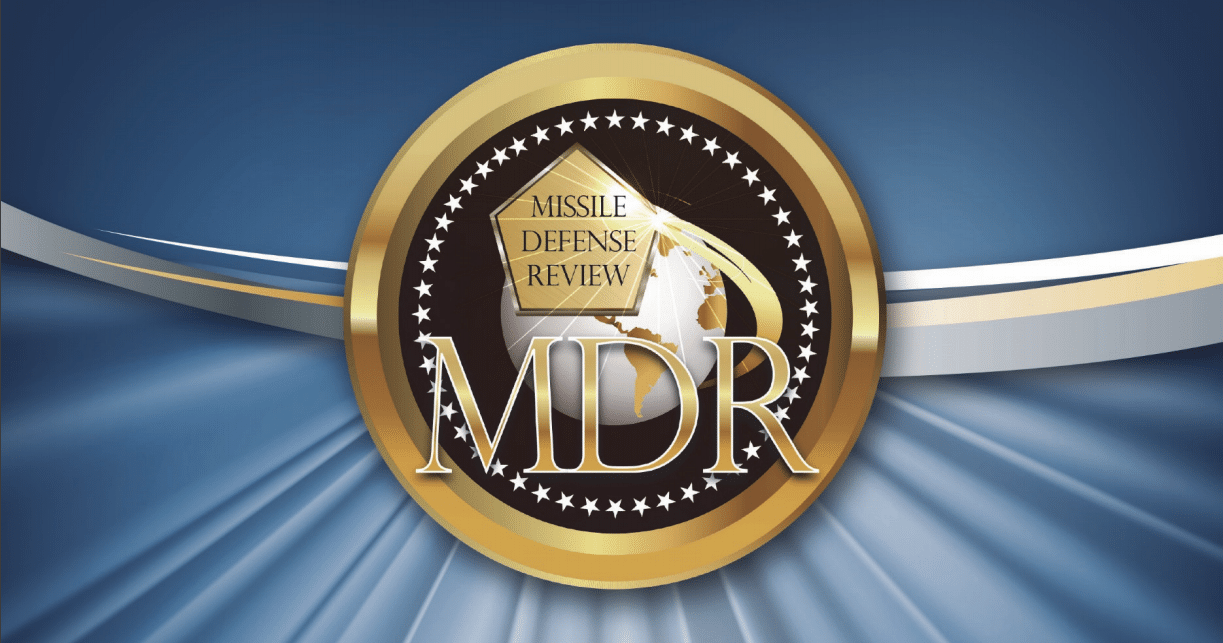
January 17, 2019
The Trump administration has today released its long-awaited Missile Defense Review (MDR). Initiated pursuant to both congressional and presidential direction, the report represents an attempt to adapt U.S. missile defense policy, posture, and programs to the strategic environment of great power competition. The United States and its allies face a more complex and challenging aerial...

November 28, 2018
In missile defense circles, commentators frequently remark that that there are only so many islands or ships in the Pacific on which to put radars. Reading through recent missile defense budget requests, however, one is struck by the fact that the Pentagon seems to have doubled down on a strategy of building a chain of...
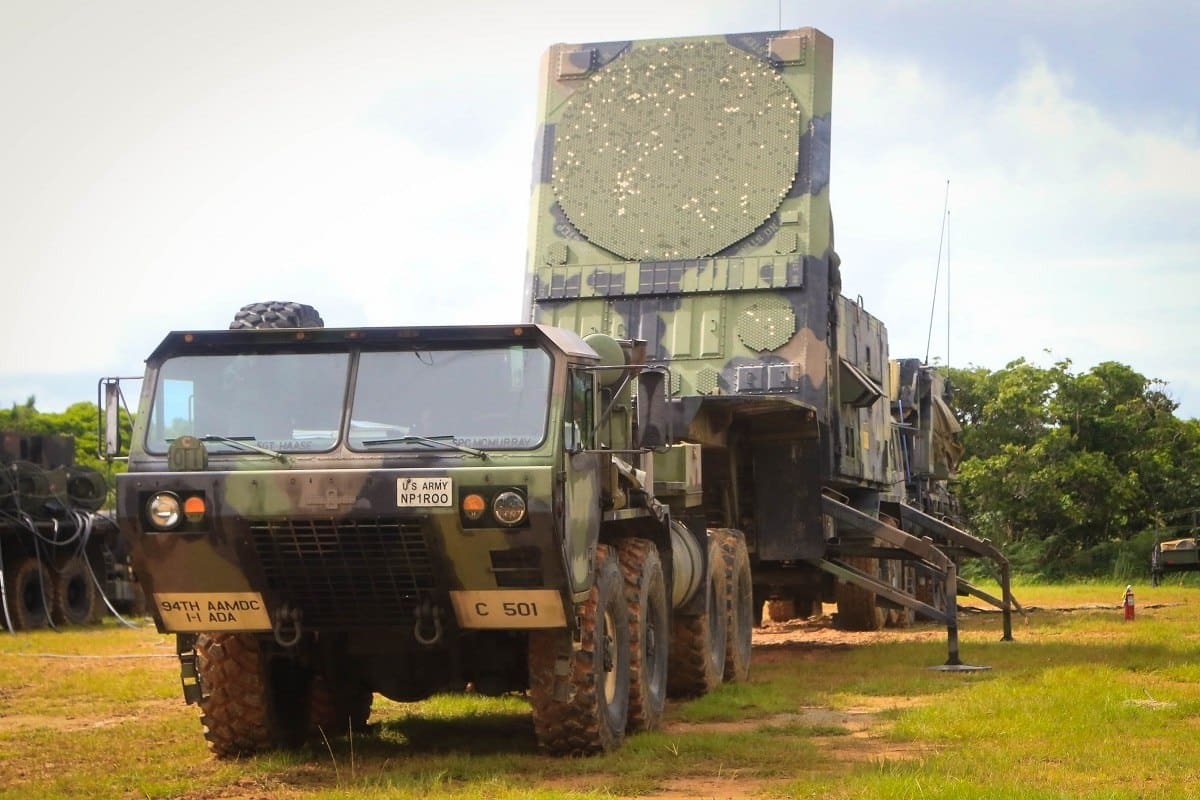
November 6, 2018
Abandoning 360-degree coverage would make air defenses more vulnerable and undermine their mission Press reports and statements from U.S. Army leadership suggest that omnidirectional capability for the Lower Tier Air and Missile Defense Sensor, or LTAMDS, may be slipping away as the threshold requirement it deserves to be. Air defenders and joint forces under their...
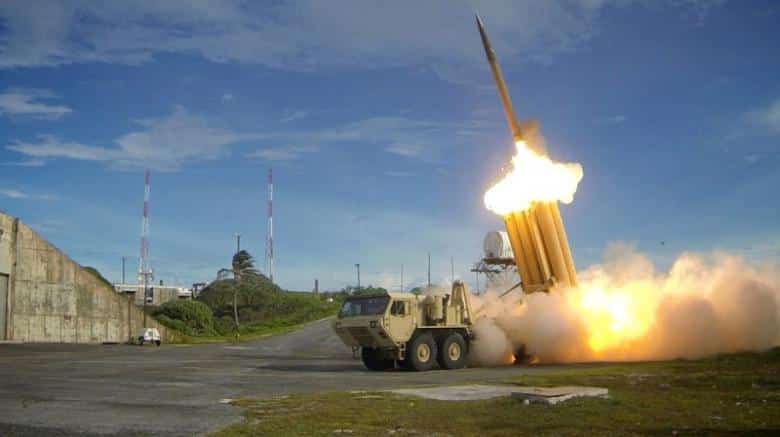
August 6, 2018
Rethinking the push for program transfer When the U.S. Missile Defense Agency was created in 2002, the expectation was that it would initially develop missile defense systems but then transfer responsibility for their procurement to the military services that would operate them. The process has not worked out quite as expected. Missile defense capabilities have...

May 23, 2018
Several decades ago, former Japanese Prime Minister Yasuhiro Nakasone once described his country as a “big aircraft carrier” from which to defend against Soviet aircraft. Although such an analogy fails to capture the richness and depth of the U.S-Japan alliance, it did say something important about Japan’s unique geographic and strategic position. Today’s air and...
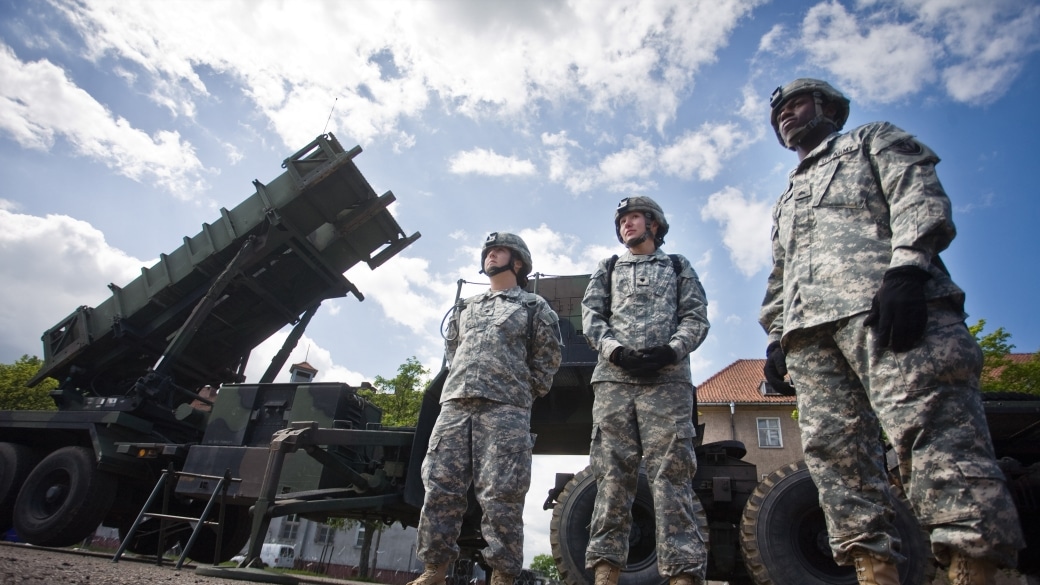
April 13, 2018
Later this spring, the Trump administration will release its 2018 Missile Defense Review (MDR), which is expected to better align U.S. missile defense policy with the present security environment. President Barack Obama’s 2010 Ballistic Missile Defense Review (BMDR) reflected the security environment of the time and the aspirations of the Obama administration. In particular, technological...
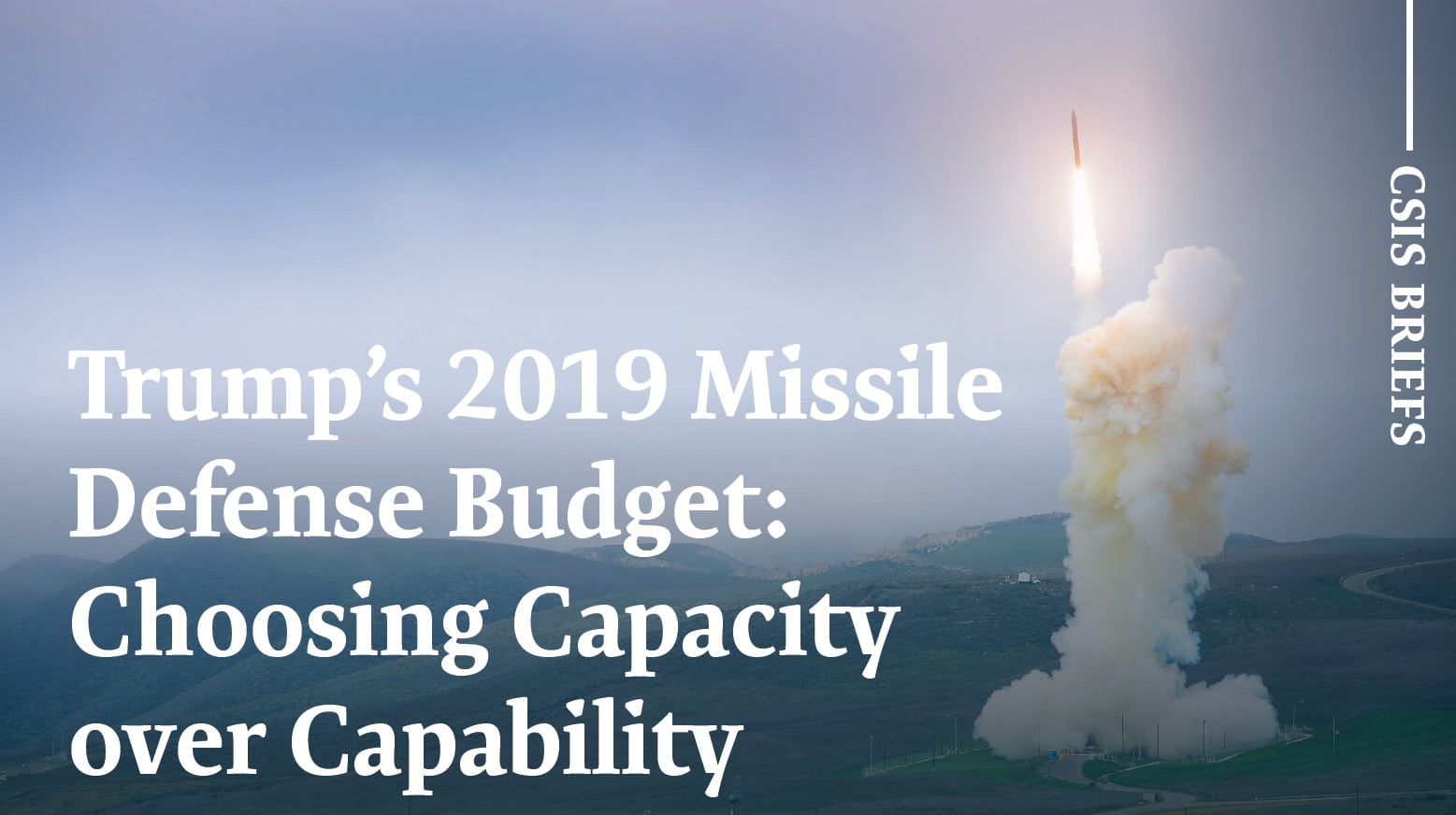
February 28, 2018
The administration’s budget request for FY 2019 prioritizes near-term readiness against limited but growing ballistic missile threats from sources such as North Korea. This choice, however, falls short of connecting missile defense efforts to the reality of renewed great power competition as articulated in the National Defense Strategy.
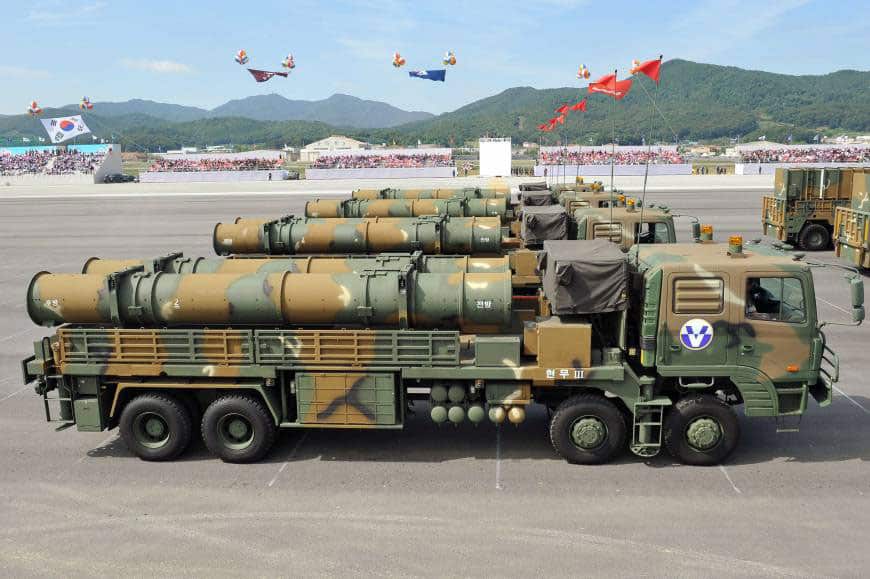
February 2, 2018
In a nuclear world, nuclear weapons are needed to deter major attacks, but who should possess these instruments of deterrence? Today the challenge of keeping nonnuclear states from going nuclear may be growing, perhaps nowhere quite as much as in northeast Asia...
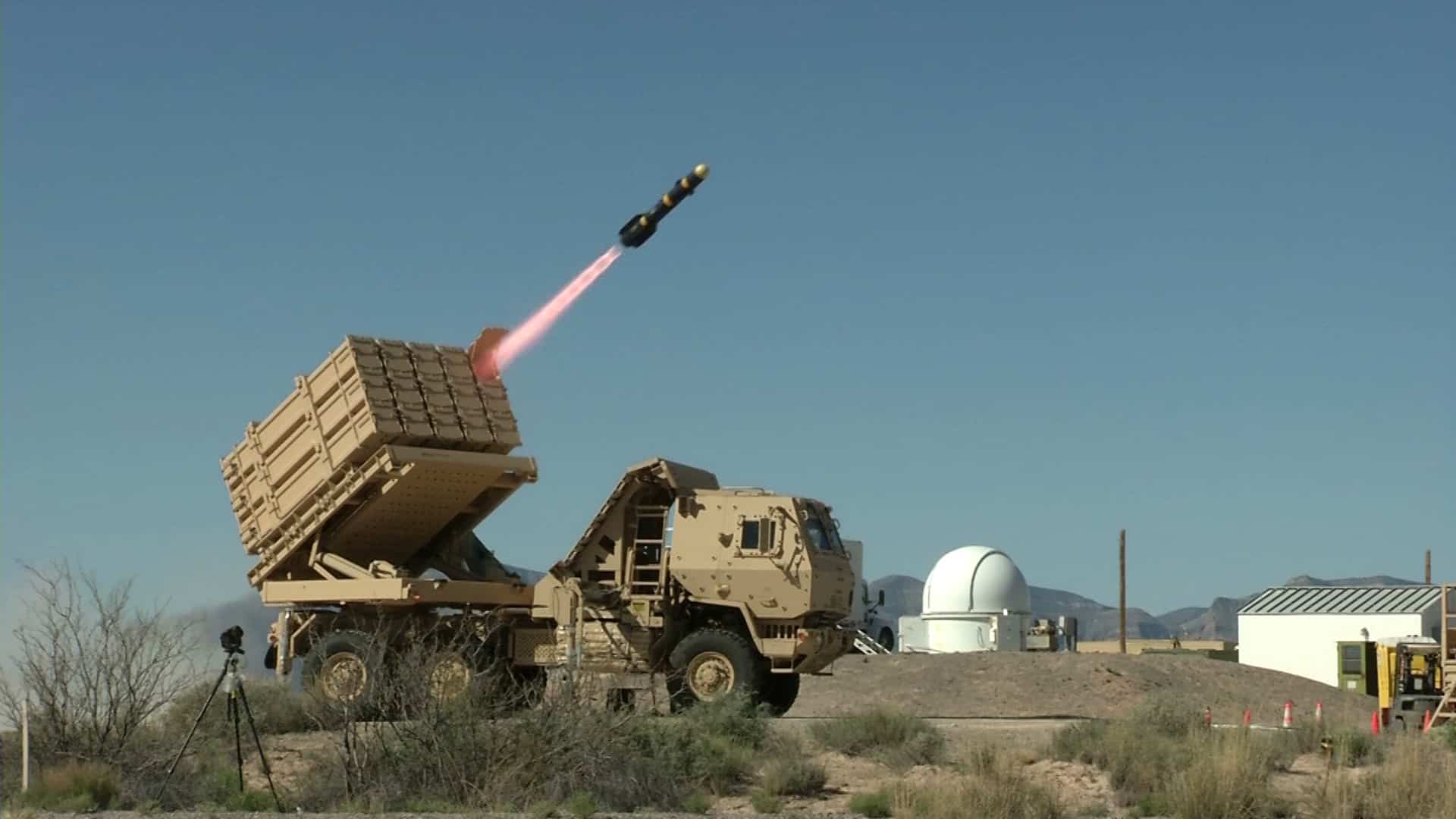
January 25, 2018
Despite the rising salience of missile threats, current air and missile defense forces are far too susceptible to suppression. Today’s U.S. air and missile defense (AMD) force lacks the depth, capacity, and operational flexibility to simultaneously perform both missions
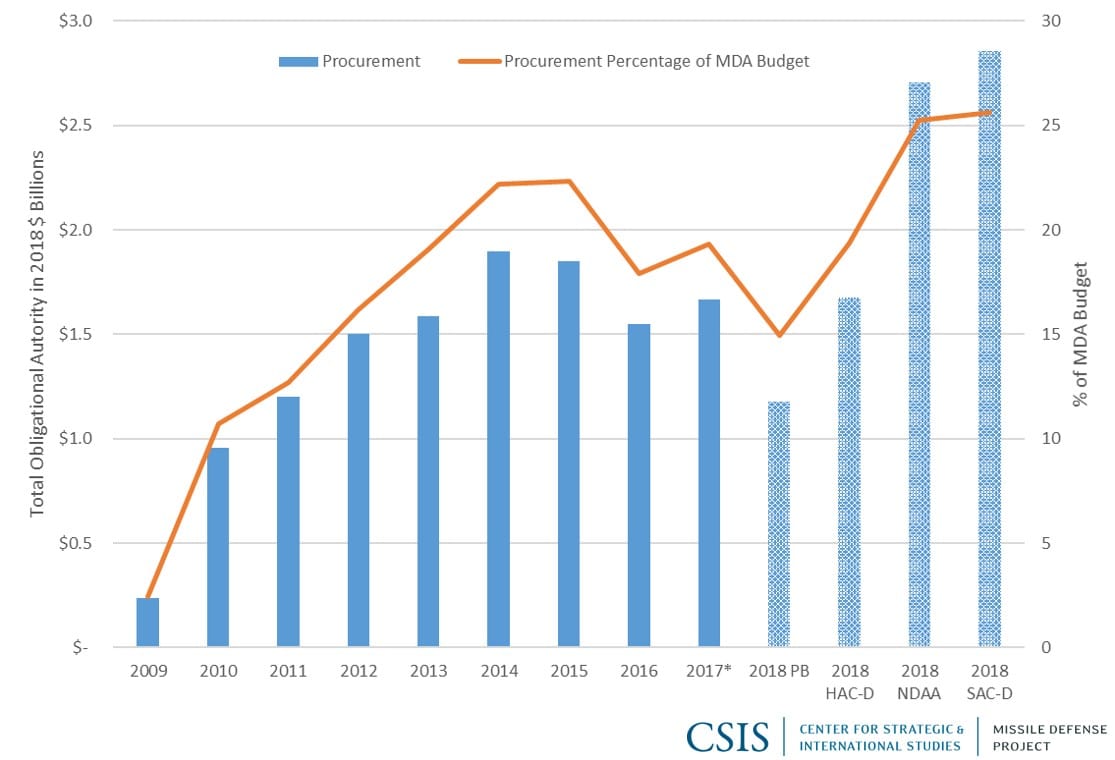
December 6, 2017
Missile defense funds are likely to grow—a lot. In addition to a September reprogramming of an additional $249 million for the Missile Defense Agency for FY 2017, appropriations for FY 2018 could exceed $11 billion, over $3 billion more than the president's original request. This would make for the highest level of missile defense funding in a decade...









